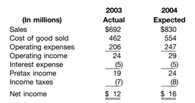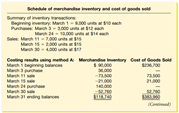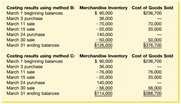dolution
dolution.
Two hotels are considering a location along a newly constructed highway through the desert. The highway is 500 km long with an exit every 50 km (including both ends). The hotels may choose to locate at any exit. These will be the only hotels for any traveler using the highway. Each traveler has their own most preferred location along the highway (at some exit) for a hotel, and will choose to go to the hotel closest to that location.Travelers’ most preferred locations are distributed evenly, so that each exit has the same number of travelers who prefer that exit. If both hotels are at the same distance form a traveler’s preferred location, then that traveler flips a coin to determine which hotel to stay at. A hotel would each like to maximize the number of travelers who stay at it
Which pairs of locations form Nash equilibria?
(This is a 3 part question but we have 1 question per so the other two was If Hotel 1 locates at the 100 km exit, where should Hotel 2 locate? Given Hotel 2’s location you just found, where would Hotel 1 prefer to locate? i also post other two so if you answer only this one it will very much appreciated )
"Looking for a Similar Assignment? Get Expert Help at an Amazing Discount!"




